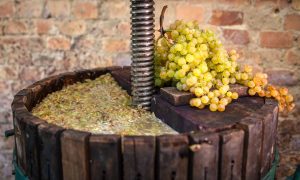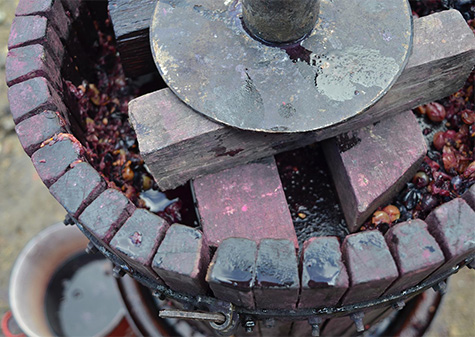
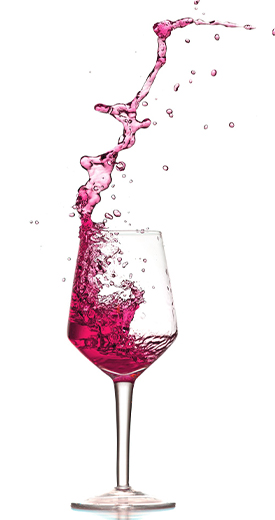
The bound and free SO₂ together are referred to as total SO₂. The relationship between the amount of SO₂ added and the amount of free SO₂ is complex. This relationship is governed by the total amount of SO₂ in the wine and the ability of compounds (e.g. sugars, aldehydes, ketonic acid, quinones, anthocyanin) in the wine to bind SO₂.
The exact relationship between free and bound SO₂ will vary from wine to wine. The amount of free SO₂ depends on how much is added, how much was present before the addition, and how much was immediately bound. Free SO₂ exists in two forms: bisulfite (HSO₃¯) is the predominant form but is relatively ineffective and molecular SO₂ is the minor form and is responsible for protecting the wine. The amount of molecular SO₂ available in wine is depended on the amount of free SO₂ present and the pH. Typically 0.8 ppm of molecular SO₂ provides adequate protection against bacteria growth and oxidation. In order to obtain this value for a wine sample that has a pH of 3.2 you would need 22 ppm of free SO₂; if the pH was at 3.5 you would need double the amount, 44 ppm of free SO₂.
Most used method for the determination of free and total sulfur dioxide (SO2) in wine is Ripper Method. This technique uses iodine standard and a starch indicator to titrate the solution and determine the concentration of free SO2.
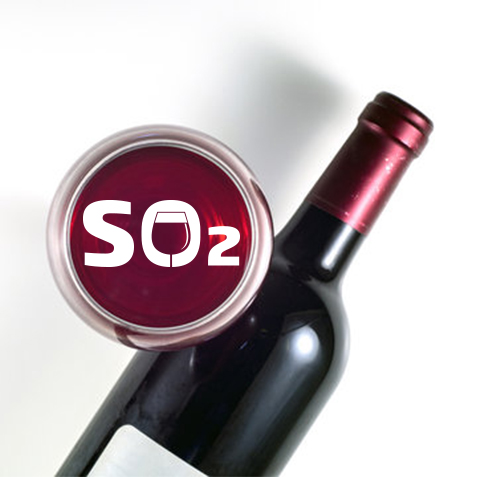
Besides measuring free and total SO2, with HI931 Automatic titrator you can cover a wide selection of titration methods. You can measure pH, titratable acidity, volatile acid, formal number, reducing sugars etc. With all this analysis you can cover all of your needs for wine testing.
Make it easy to measure total and free with the Hanna instruments HI931 automatic titrator.
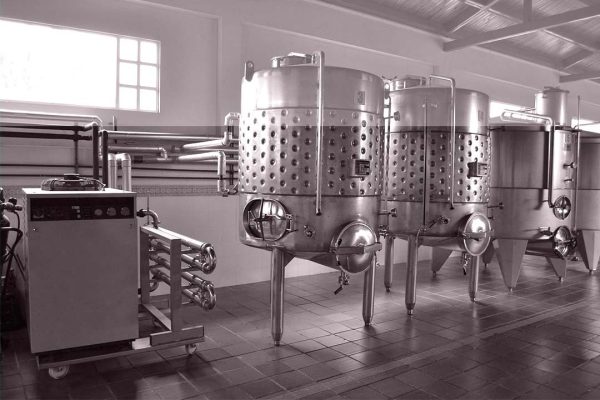
HI931
- Small footprint so you can fully optimize your benchtop.
- Unmatched 40,000-step dosing pump for small volumes of titrant to help you achieve a very precise endpoint for greater consistency.
- Flexibility to store up to 100 methods.
Intuitive User Interface
Functional keys on the control panel that correspond to virtual keys on the display allow for simple and quick navigation between screens and menu. If you need additional information about a screen, simply press the dedicated button for help.
Multiple Titration Types
Paired with the right electrode, this potentiometric titrator can perform any number of standard titrations including pH and mV tests with fixed endpoints or single equivalence points.
Precision Dosing Pump
Our unmatched 40,000-step piston driven pump is capable of dosing extremely small and highly accurate volumes of titrant or reagent.
Chemically Resistant Tubing
Aspiration and dispensing tubes are constructed of chemically resistant PTFE plastic and feature a light-blocking polyurethane outer sleeve to protect light sensitive reagents.
Multiple Measuring Modes
HI931 functions as a potentiometric titrator, pH meter, mV/ORP meter, or ISE meter. Valuable laboratory bench space is saved, and multiple tests can be performed on one sample.
Tajana Mokrović, mag.nutr.



